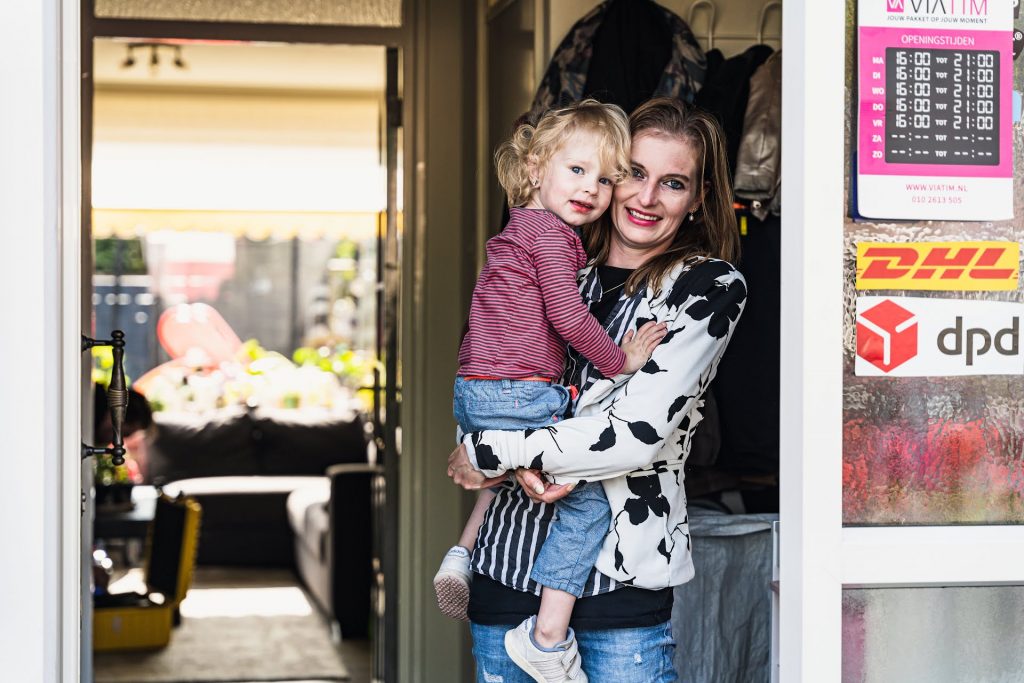A late package is the biggest frustration of the online shopper around the holidays. But because more than half of the Dutch do not take the upcoming peak crowds into account, a parcel tsunami will hit the deliverers from today. How can an emergency scenario like in Belgium be prevented? The Belgian logistics pipeline was completely clogged with Black Friday last year. DPD was even forced to take an emergency measure: packages could no longer be delivered at home, but online shoppers were obliged to collect them at a service point.
In the coming weeks, the major Dutch delivery companies such as DHL, DPD and PostNL will face a similar stress test. Today, Thursday, November 11, is Single's Day, kicking off the busiest time of the year. This is followed by Black Friday (26 November), Sinterklaas and Christmas. It is expected that up to eight times as many parcels will be delivered by the end of the year than in normal months.
Consumers don't take crowds into account
An important reason for this is that 58 percent of consumers do not take the upcoming peak crowds into account, according to a recent poll by market research firm Multiscope. How can the deliverers ensure that people receive their packages (and therefore gifts) on time?
ViaTim's 600 neighborhood points are an answer to that. “If a deliverer can deliver up to thirty parcels to one address, he can process many more parcels in one day. Ideal for peak times,” says Michiel Nieuwkerk, founder of ViaTim. “The neighborhood points are also mainly located in the neighbourhoods, in places where people live or pass by on their way to work. This makes it easy for people to pick them up or we deliver them on foot.”
DHL and DPD currently use the neighborhood points. “They are an addition to their own service points, which are often shops. The service and neighborhood points together form an intricate network with national coverage.” Only PostNL does not yet work with ViaTim. Nieuwkerk: “They still choose to work only with traditional retail outlets. They are often further away, so people get in the car especially to pick up a package. That takes an unnecessary amount of time and is bad for the environment.”
Faster at home via delivery at parcel point
According to Nieuwkerk, it is also wise for online shopper to use the neighborhood or service points. Now only 14 percent do that, while the chance is much greater that you will receive all the gifts on time. “Packers have to deliver a certain number of packages every day,” he explains. “If the bus is filled with three hundred parcels, sixty of which have to go to three service or neighborhood points, those sixty will be sent out anyway. That is good for performance. Then the other 240 will come.”
Only during the busiest months it is impossible to deliver all those packages to people's homes. “And the next day there is an even bigger mountain waiting for them. And so they first go to a neighborhood and service point. You end up having to wait longer for your package if you have it delivered at home.”
ViaTim: fewer parcel buses in the district
Nieuwkerk knows better than anyone what he is talking about. He started ViaTim in 2016 out of frustration that packages are delivered when you are not at home. In the meantime, there is a large network of ViaTim Points. Neighbors are ready for the neighbourhood, receive packages and deliver them when it really suits them. Via Tim prevents the neighborhood from congesting due to all parcel boxes, contributes to a better environment and creates more connections in the neighborhood.
Also read: Signature under ambition clean heavy road transport


